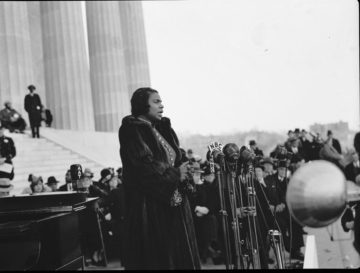 Kent Puckett in Public Books:
Kent Puckett in Public Books:
Does anyone read Robert’s Rules of Order? We often threaten to consult it, but it’s hard to imagine someone really reading any of the many versions of Henry Robert’s 1876 text. Even in Robert’s own early editions, the guidance on secondary, subsidiary, incidental, privileged, unclassified, and other motions was presented in a pointedly systematic form that invited not slow perusal but rather tactical, and sometimes supercilious, consultation. “If only you had looked at page 47 of Robert’s Rules,” we can hear someone saying, “you would have known that a Motion to Suppress the Question requires a two-thirds vote. You moron.”
Its talismanic power is such that an effective use of the book might not even require consultation. Sitting down at a committee table and placing an unopened, unread copy where others could see it is a power move all its own: an index of the paradoxically occult sway of ostensibly transparent procedure, a threat and a promise. Its potential as both an effective tool and a bespoke weapon has long been a part of the book’s appeal. Arthur T. David, in his 1937 Robert’s Rules Simplified, acknowledges that for some, Robert’s rules look like “a ‘bag of tricks’ with which a few members can run things to suit themselves.” In his Notes and Comments on Robert’s Rules, Jon Ericson acknowledges that, for many, “parliamentary procedure is that tricky, pedantic, officious, dull, boring, unfair system that tyrants use to suppress the rights of all us good folk.” “Meetings,” says Mary A. De Vries in The New Robert’s Rules of Order, “are one of the few things in life that are pursued relentlessly even though they provoke endless complaints of frustration, stress, wasted hours, and dissatisfaction with the outcome.” And Doris P. Zimmerman dedicates her Robert’s Rules in Plain English “to everyone who has served as a member or leader of a group, and who has, at one time or another, felt ignorant, ineffectual, helpless, frustrated, repressed, or just plain bored.”
More here.
